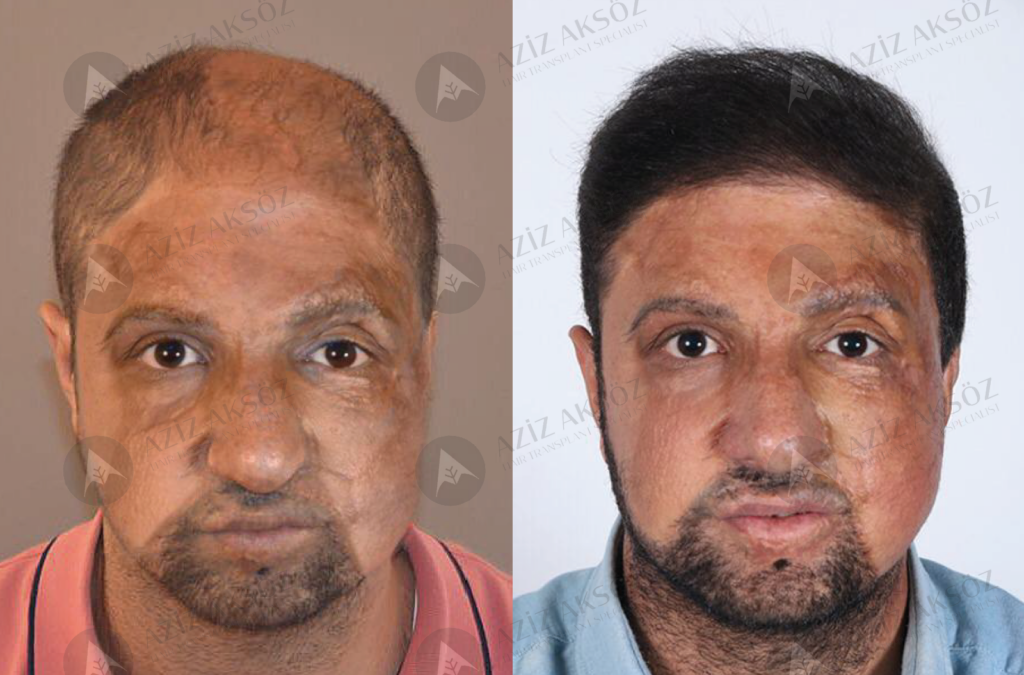- Kartaltepe Mahallesi İncirli Caddesi Limon Çiçeği Sokak No: 1 34145 Bakırköy İstanbul
- +90 541 548 52 47

Aziz Aksöz started a new era in hair transplantation with the new FAT Hair Transplant technique
27/09/2022
Aziz Aksöz: The winner of the pandemic was hair transplantation
27/09/2022Hair transplantation can be performed on people who have burned scalp, scars and hair loss as a result of a dramatic accident. Hair Transplantation Specialist and Researcher Aziz Aksöz, take attention to the sensitivity of hair transplantation applied to burn victims, said that it should be done with an expert team and added:
“A large percentage of the cases that come to the emergency room are home accidents, and burns are the most common. Especially frying oil, boiling water, stove and stove flare are among the most common situations. When the resulting burn occurs in the head area, it brings very serious psychological problems in people. The entire skin, including the hair follicles, burns and unfortunately, permanent hair loss occurs in this area. As a matter of fact, not only in case of burns, hair loss can also be experienced as a result of a traffic accident or a blow and similar events. The common point of all of them is that hair loss is experienced as a result of trauma that is not caused by male pattern hair loss.
Whether you experience trauma or post-burn hair loss, it is possible to transplant all of them. In any case, it not only provides the camouflage of the damaged skin that looks different, but also the victim starts to look in the mirrors with more self-confidence.
However, it is a fact that hair transplantation for burn victims requires a very serious professionalism. It should be done with a team that has done many cases on this subject and knows the sensitivity of the burned skin. In fact, this team should include a reconstructive surgeon, dermatologist and hair transplant specialist.
We can plant the burned area with hair grafts that we can take from the hairy area between the two ears, which we call the donor area of the patient, within a planning that varies from patient to patient, the degree and region of the burn or scar. Different applications such as tissue transfer and stem cell therapy can also be included in this planning. Fat Hair transplantation, which we obtain from the patient’s own regional fat and apply it by enriching it with stem cells, especially in these cases with impaired tissue integrity, allows us to obtain positive results in the repair of the existing damage.
In burn cases, tissue problems can be observed not only on the head, but also in the eyebrow and beard area. Of course, eyebrow or beard transplantation can be done in these areas.
Hair transplantation for burn victims or those with scars, and of course beard and eyebrow transplantation, involves a process that requires patience and is mostly applied in more than one session. The team must understand the psychology and sensitivities of the patient and provide support throughout the entire process. As I said, this is a time of patience, but the results are truly encouraging.”




